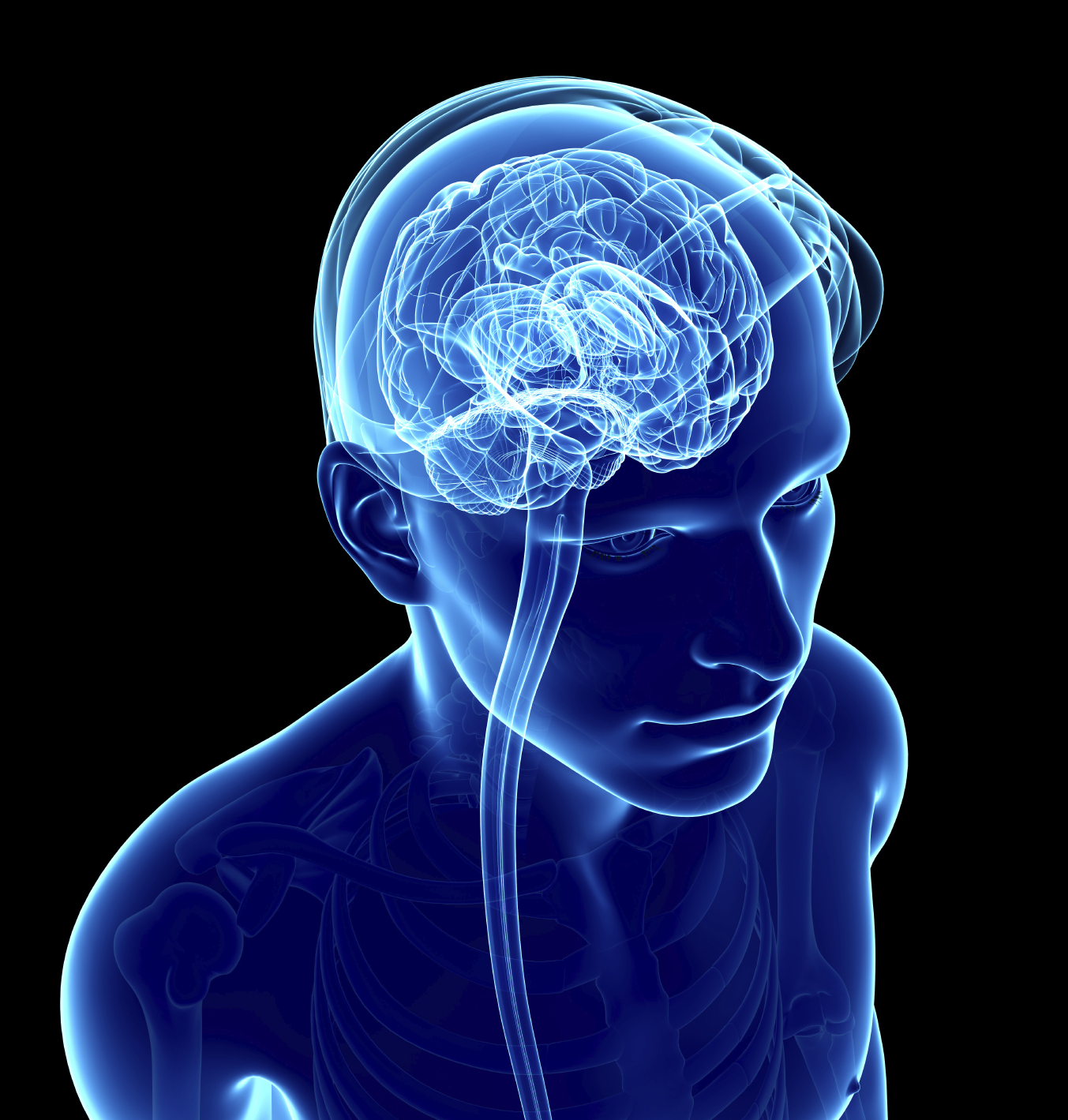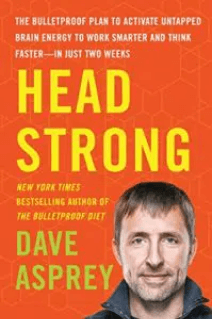
It’s no secret that low-inflammation, low toxin, high energy foods are pillars of The Bulletproof Diet Roadmap (get the Bulletproof Diet Roadmap for free here), and now scientists just revealed some groundbreaking reasons this approach works to help your brain work better.
We already knew that food sensitivities come about from an immune system reaction. It is often at the same time as a lack of proper enzymes to digest the food, and usually tied to a leaky gut lining that lets intact food proteins pass into the blood. When the body responds to a particular food, it releases inflammatory proteins and cortisol. Those create systemic inflammation and immune reactions that can last months or even years. This chronic inflammation can cause many problems from weight gain and sore joints to brain fog and reduced cognitive abilities.(1)
Research has repeatedly shown that high levels of inflammation are at the center of many diseases including heart disease, diabetes, autoimmune diseases and some mental health issues. The common link for all of these is inflammation.(2)(3)
But just weeks ago, scientists at the UVA School of Medicine published a textbook-changing discovery showing that the brain directly connects to the immune system via lymphatic vessels that we didn’t know existed—until now! (4) Until this study came out, doctors were taught that these inflammatory molecules could only impact the brain after they penetrated the blood brain barrier. The now-disproven belief was that foods couldn’t impact the brain because food molecules couldn’t pass the barrier.
We now know that there’s a direct line between the immune system and the brain, opening up new fields of research and challenging existing ones. Now that we know these vessels have been at the brain party since birth, there will be new methodologies for studying diseases that afflict the brain (such as Autism, Alzheimer’s and Multiple Sclerosis).
We also have a plausible mechanism for how food can so dramatically impact cognitive performance in the short term and the long term. It’s something nutritionists and functional medicine doctors have noticed, but we didn’t think we knew how it worked until now!
Here’s how it works:
This study pulled back the curtain on the bridge between your brain and immune system. We’ve mapped the surface of the moon, so how did these vessels go unnoticed for so long?
Imagine this – the Golden Gate Bridge is covered in a giant curtain making it invisible to you, but you want to go to the other side of the bay. You know there are people on the other side, but you’re not sure how they got there. By car? Can’t be, there’s no bridge! Maybe they swam? You start making poor assumptions, but you know it’s possible by evidence of people on the other side. It’s not until someone pulls back the curtain that you find a big beautiful bridge that you can drive your car over. That’s what these researchers did in this study.
The researchers say the vessels were easy to miss because of their location, closely shadowing a major blood vessel down into the sinuses — an area very difficult to image. (5)
This mind-blowing discovery was made possible by a newly developed technique for studying the meninges of mice (membranes covering the brain) that made vessel-like patterns in the distribution of immune cells visible under a microscope. It was then that the researchers tested for lymphatic vessels – and poof! They were there this whole time. (6)
What does all of this mean?
The most important result of this discovery is that now rather than asking why is there is an immune response in the brain, we can observe and study the connecting pathways.
This is going to advance the rate at which we can learn about our body, brain and immune system connection by leaps and bounds. It’s also going to help you more accurately use food to control how your brain works!
A whole new era of biohacking begins now!
References:
[expand title=”Click here to view list of references.” swaptitle = “Click here to hide references.”]
1- The Bulletproof Diet Book, Asprey D, 2014, Ch. 1, pg 2
2- Aggarwal BB, Shishodia S, Sandur SK, Pandey MK, and Sethi G. Inflammation and cancer: How Hot Is The Link? Biochemical Pharmacology 2006; 72 (11):1605-1621
3- Giugliano D, Ceriello A, Esposito K, The Effects of Inflammation: Emphasis on the Metabolic Syndrome. Journal of the American College of Cardiology 2006;48(4):677-685
4, 5, 6- Antoine Louveau, Igor Smirnov, Timothy J. Keyes, Jacob D. Eccles, Sherin J. Rouhani, J. David Peske, Noel C. Derecki, David Castle, James W. Mandell, Kevin S. Lee, Tajie H. Harris, Jonathan Kipnis. Structural and functional features of central nervous system lymphatic vessels.Nature, 2015; DOI: 10.1038/nature14432
[/expand]










